This week’s fires in California have been a wake-up call with nearly 180,000 people evacuated, at least 24 killed, and 60,000 structures considered at risk. The Palisades Fire near Los Angeles has devastated homes in the Malibu-Santa Monica area, scorching more than 20,800 acres and destroying at least 12,000 structures.
On top of that, other massive fires like the Eaton Fire in Altadena have grown to more than 14,000 acres, threatening around 13,000 buildings. Fires such as the Kenneth, Hurst, and Lidia fires have raged through homes and communities, displacing residents and causing widespread destruction of at least 10,000 residences.
The total estimated costs of the destruction brought by these California wildfires is being estimated at $150 billion dollars. Flames have been fanned by a fierce windstorm known as the Santa Ana winds, which could begin again early next week, meteorologists warn. The Palisades Fire is eight percent contained, while the Eaton Fire is three percent contained as of Friday afternoon the 10th of January.
As much as these are huge and disturbing headline-provoking figures, these are people's homes, memories, lives, and we wish to extend our feelings of sorrow to all those impacted by these events - this is very traumatic to watch, we can't even imagine how hard it must be to live through.
What makes these events even more impactful is that these fires are affecting some of California’s most affluent areas - communities home to the rich and famous, with the fire threatening and destroying both luxury homes and high-profile neighborhoods. These areas have been thought to be somewhat insulated from wildfire risk due to their urban settings and wealthier populations. However, the truth is that no one is safe from the growing wildfire threat in California. And as the Palisades Fire and others burn their way through these exclusive areas California lawmakers are working on legislation to expedite insurance claims!

California legislation changes are mobilized to speed up insurance claims
California insurance commissioner Ricardo Lara said he had used his moratorium power to stop all non-renewals and cancellations by insurance companies for a year, and to speed up the insurance claim that will flood in after these catastrophic fire events.
“My primary concern at this very moment is to ensure that wildfire survivors receive the insurance benefits to which they are entitled to as soon as possible,” said Lara. “Now is the time for you to focus on your family and on your health. The last thing you should be worrying about is your insurance.”
That's great, he makes a good point, but we'd go further and suggest that while we're on a legislation roll, let's consider some additional areas being added to the mandatory fire resistant construction codes -
That's why Ecohome is is organizing a roundtable discussion of key decision-makers and construction industry experts, to further explore these proposals - Register Here to Participate
What California should also do urgently for building fire-resistant homes
What we are hoping is that this wildfire disaster situation will ALSO prompt wider implementation of fire-resistant building regulations - and not just for the wealthy, but for all California communities that are in areas unseasonally dry, and that could be hit by similar wildfires. The risk is increasing, the scope of the regulations to protect our families and way of life should also increase.
In our opinion, the increasing destruction of homes in urban and suburban areas highlights a glaring oversight in California’s current fire safety measures. We’ve seen many affluent neighborhoods devastated, with many homes built using traditional, highly combustible materials like wood. In light of this, it’s also crucial to re-evaluate the materials and methods we use for rebuilding in these vulnerable areas BEFORE these areas are rebuilt.
As the frequency of these wildfire events increases, and as the human and financial costs spiral out of control - especially as up to 50% of properties lost to wildfires in California are not classified to be in "WUI" zones, we need someone in a position of authority to propose expanding these zones to cover more residential areas at risk.
Why aren't these fire resistant home regulations more widespread?
California’s fire-resistant building codes - including Section R337 of the California Residential Code (CRC) - were designed to protect homes in wildfire-prone areas. Section R337 was introduced to replace Section 49 of the California Building Code (CBC) in 2019, updating and expanding the fire safety requirements for homes built in wildland-urban interface zones (WUI). This code focuses on reducing the vulnerability of residential structures to wildfire hazards by mandating the use of fire-resistant materials and other protective features, such as fire-resistant roofing, non-combustible siding, and spark arrestors.
However, these regulations are limited in scope, leaving urban neighborhoods and suburban developments - even in high-profile areas - under-protected. The fire safety measures under Section R337 are mainly focused on rural zones and high-risk areas where homes are near brush, forests, or grasslands. But, as we’ve seen with the Palisades and Eaton fires, wildfire risk is increasingly spreading into suburban and urban areas, making it essential to expand these regulations.
The fires of this week and the last few years make it clear that the wildfire risk has spread far beyond the boundaries of rural, forested areas. For example, the Palisades Fire affected areas previously thought to be safe from such devastation. This includes upscale homes in Malibu, where wealthy residents have long believed they were insulated from wildfire dangers. Similarly, the Eaton Fire in Altadena, which threatened thousands of homes, has expanded the reach of California’s fire risk into more densely populated areas.
These fires are a stark reminder that fire-resistant building materials and comprehensive fire safety codes must be applied more widely. Wooden homes, which are especially vulnerable in wildfire-prone areas, should not be rebuilt in the same way - especially when there are more fire-resistant options available. As we witness the destruction of homes in wealthy communities, it’s time to question: why rebuild with wood and no additional fire-resistant precautions when we know better?
One constant objection we hear is affordability of homes. I'm sorry, but as any of the thousands of homeowners affected by these fires will attest - what price do you put on your life, family or your lifestyle - there has to be a compromise, and if solutions were obliged at scale, we're tempted to think that costs can be mitigated and fire-resistant homes built for the same price as a regular code-built home - some say for less.

Moving Forward: Expanding fire-resistant building codes in California
California is at a critical juncture. The current regulations in Section R337 of the California Residential Code (CRC) and and section 7A of the California Building Code (CBC) focus primarily on buildings and homes in designated high-risk areas - particularly in rural zones where wildfires spread quickly. But, as we’ve seen with the Palisades and Eaton fires, in our opinion these regulations need to be expanded to cover more suburban and urban areas. Fire-resistant standards should apply everywhere - whether you live in a secluded mountain town or in the heart of a bustling city.
The Palisades Fire in particular has affected areas that wealthy, influential Californians call home. It’s unfortunate that it took the destruction of these high-profile communities to bring more attention to the lack of fire-resistant regulations in place for rebuilding. But now that the rich and famous are affected, we hope to see more widespread adoption of fire-resistant materials and building practices in all California communities.
Here are some key ways California should improve its approach:
- Expanding Section R337 and 7A to include more urban and suburban areas at risk, particularly those near brush, parks, or urban forests.
- Mandating non-combustible materials for new homes - especially in areas vulnerable to wildfires. Homes in affluent areas should set the example for others.
- Creating programs to retrofit existing homes with fire-resistant features, including fire-resistant roofing, non-combustible siding, spark arrestors, and fire-resistant landscaping.
- Increasing public awareness about the risks of ember attacks - especially for homes in urban areas where wind can spread embers far and wide, igniting fires on rooftops and fences.
Chapter 7A of the California Building Code: Fire-resistant construction for homes
Chapter 7A of the California Building Code (CBC) is also designed to provide additional protection to structures built in areas at high risk of wildfires. This applies to all types of buildings (not just residential) in WUI zones, including commercial, industrial, and institutional buildings. This chapter is particularly important in addressing the growing need for fire-resistant construction practices in wildland-urban interface zones (WUI) - areas where urban development meets natural vegetation, making them particularly vulnerable to wildfires.
Chapter 7A also mandates that all new homes, buildings and renovations in these high-risk zones use fire-resistant building materials. Specifically, it focuses on roofing, exterior walls, windows, decks, and overhangs, which are often the most vulnerable parts of a home when exposed to wildfire conditions. The key requirements include:
- Fire-resistant roofing: All roofing materials must be Class A-rated (resistant to severe fire exposure), with particular attention given to roof penetrations and eaves.
- Non-combustible siding: Homes must be clad with non-combustible materials or fire-resistant siding to prevent fires from easily igniting the exterior of the home.
- Ember-resistant windows: Windows must be protected with non-combustible screens, wire mesh, or treated glass to prevent embers from entering the home and igniting the interior.
- Defensible space: A clear defensible space around homes is required to prevent fire spread, ensuring that flammable vegetation is properly cleared within a specified distance from the structure.
However, while Chapter 7A provides robust measures for fire-resistant construction, again it only applies to structuress in what were previously defined as high-risk areas - primarily in the WUI zones. As we’ve seen with recent fires like the Palisades Fire and Eaton Fire, urban and suburban areas may well need stronger regulations and protections as well. For these areas, a broader application of fire-resistant codes such as Section R337 and expanded Chapter 7A regulations is essential to address the growing wildfire threat.

Moving Forward: Expanding the reach of fire-resistant codes for homes
California is at a critical juncture. The current regulations in Section R337 of the California Residential Code (CRC) and Chapter 7A of the California Building Code (CBC) focus primarily on pre-designated high-risk areas - particularly in rural zones where wildfires spread quickly. But, as we’ve seen these regulations need to be expanded to cover more suburban and urban areas. Fire-resistant standards should apply everywhere - whether you live in a secluded mountain town or in the heart of a bustling city.
The Palisades Fire in particular has affected areas that wealthy, influential Californians call home. It’s unfortunate that it took the destruction of these high-profile communities to bring more attention to the lack of fire-resistant regulations in place for rebuilding. But now that the rich and famous are affected, we are calling on them to use their influence to see more widespread adoption of fire-resistant materials and building practices in all California communities.
Here are some key ways California could improve its approach:
- Expanding Section R337 to include more urban and suburban areas at risk, particularly those near brush, parks, or urban forests.
- Applying Chapter 7A regulations beyond the WUI zones to include high-risk urban and suburban communities.
- Mandating non-combustible materials for new homes and home renovations - especially in areas vulnerable to wildfires. Homes in affluent areas should set the example for others.
- Creating programs to retrofit existing homes with fire-resistant features, including fire-resistant roofing, non-combustible siding, spark arrestors, and fire-resistant landscaping.
- Increasing public awareness about the risks of wind-blown embers - especially for homes in urban areas where wind can spread burning embers far and wide, igniting fires on rooftops and fences and blowing under external rainscreens and siding to ignite the stick-frame and tinder-drywooden structure underneath.

Conclusion: Let's learn from these wildfires, and promote the codes for fire proof homes for all
The Palisades, Eaton, and other fires are a wake-up call. Wildfires in California are becoming more destructive and increasingly affecting urban areas, including communities that have long been viewed as safe from such risks. With the destruction of high-profile homes, it’s time for California to take stronger action to ensure fire-resistant building codes apply everywhere - across all communities, not just rural and designated fire zones.
Fire-resistant construction isn’t just about protecting the wealthy; it’s about protecting everyone. California’s current codes are insufficient for dealing with the changing nature of wildfire risk, and it’s time to expand these protections to include all neighborhoods at risk.
As we move forward, we should never again ask why we’re rebuilding with largely unprotected wood in areas prone to wildfires. It's time to build smarter, with fire-resistant materials that can save lives, homes, and communities. Because if we don’t make these changes now, we’ll only be setting ourselves up for future disaster.
"The recent fires remind us that no community is immune, the images look like the neighborhood where I live, and that hits home. It's time to rethink how we rebuild, using fire-resistant materials and protocols to protect lives and homes across California." Robert J. Pierson - Ecohome Network
Ecohome mobilizes to help California
Ecohome is organizing a round table debate by webinar to discuss this proposal in the near future with a number of prominent spokespeople in the California area - if you are affected by this latest wildfire disaster, or feel that you can contribute, please register below and we will send you more details as soon as they are finalized:
Author: Robert J. Pierson - Ecohome Network
See all posts by Robert J. Pierson
Now that you know more about protecting your home from wildfires, and how to build homes to resist wildfires, find more pages about sustainable and resilient green building techniques here :
Find more about green home construction in the Ecohome Green Building Guide pages or to learn more about the benefits of a free Ecohome Network Membership, see here. |
Fire-Resistant Prefab Homes and ADUs
Fire-resistant prefab homes and fire-resistant ADUs (Accessory Dwelling Units) are vital housing options for California, especially in wildfire-prone regions. These homes are built using innovative, fire-resistant materials and construction methods designed to withstand the extreme heat and flames often associated with wildfires in the state. Prefabricated for rapid and cost-effective assembly, fire-resistant prefab homes offer both affordability and energy efficiency, making them a perfect fit for California's varied climate. Likewise, fire-resistant ADUs, whether used as secondary living spaces or rental units, provide the same robust protection and longevity. For California homeowners, investing in fire-resistant homes and ADUs ensures enhanced safety, safeguarding both property and loved ones from the escalating wildfire risk.
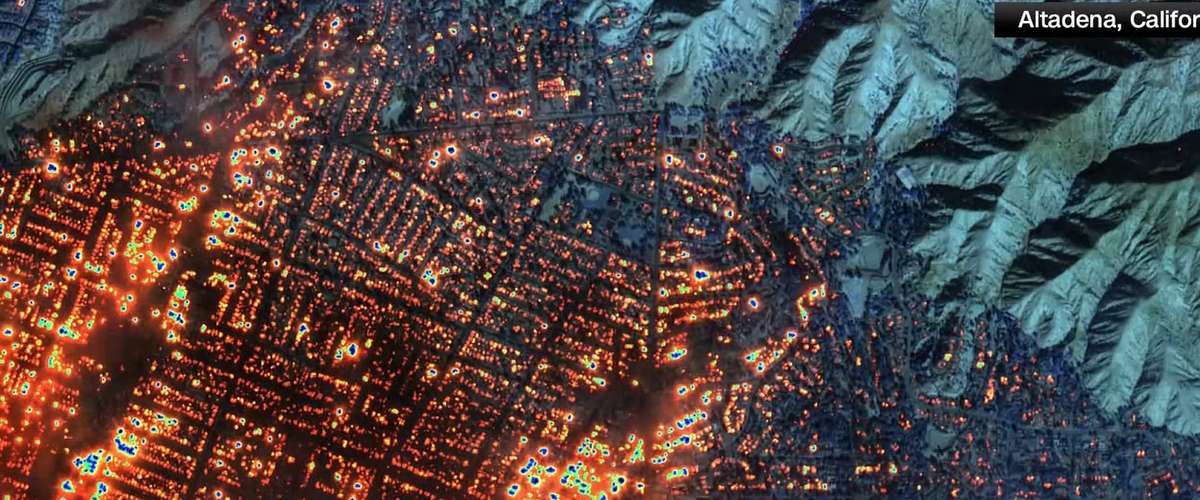



























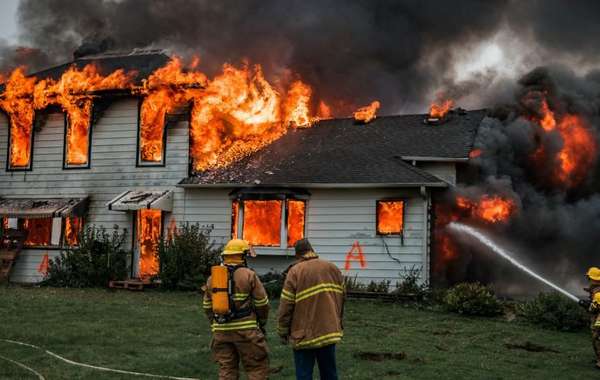

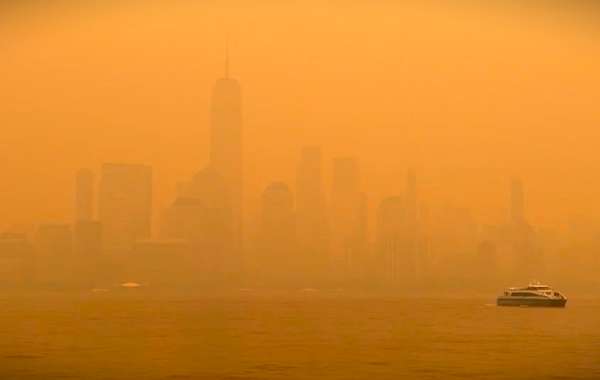

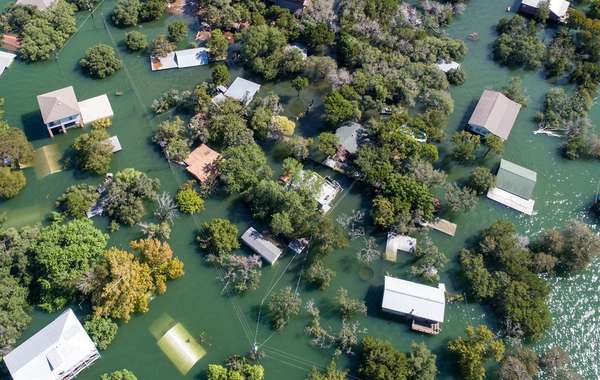
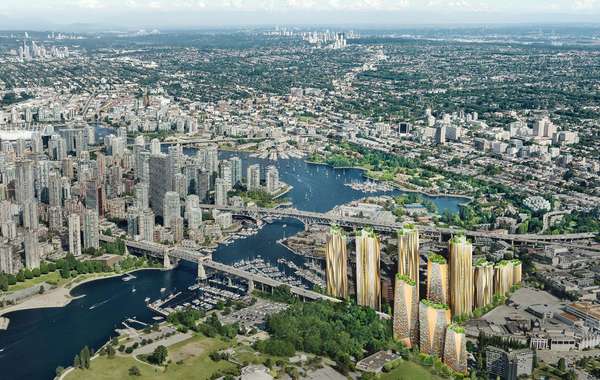
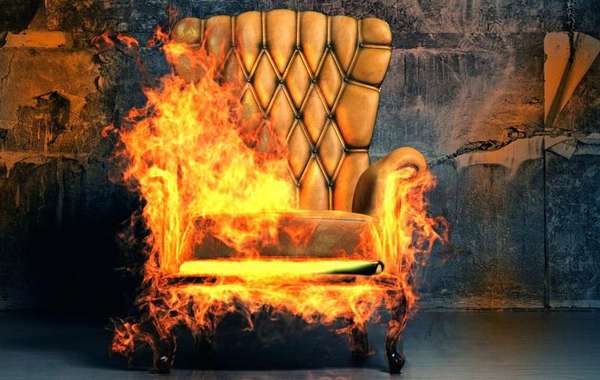

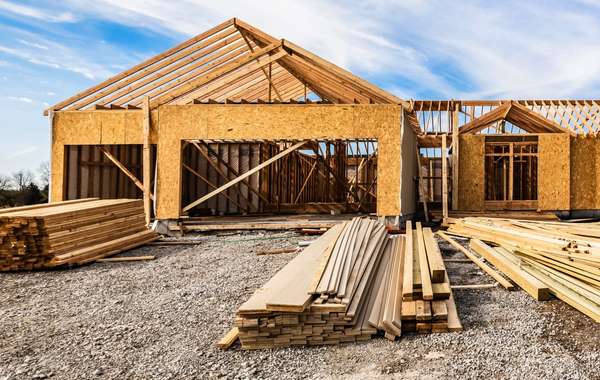

Comments (0)
Sign Up to Comment